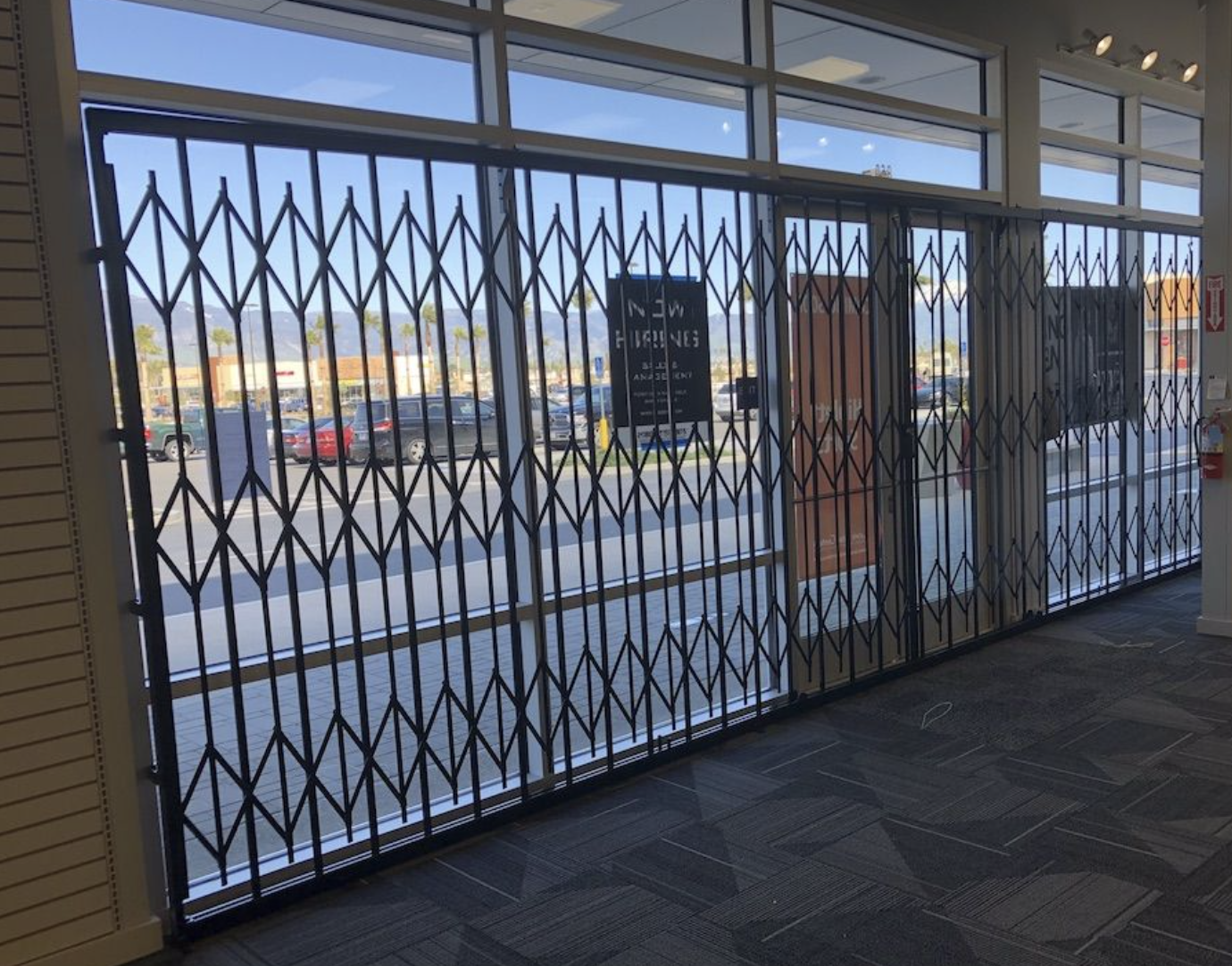
In the United States, there are as many as 36,000 crashes into storefronts, offices, bus stops, shopping centers, post offices, restaurants, and storefronts every year, in which over 16,000 pedestrians, patrons, and employees are reported to be severely injured. Tragically, preliminary data shows that as many as 2,600 deaths result from these preventable accidents.

We only need to see the data to understand how rampant these crashes have become:
- More than 100 storefront crashes occur on a daily basis.
- Out of all the storefront crashes, 46% of them lead to injuries.
- Out of all storefront crashes, 8% lead to a fatality.
What many have been asking is if this is a new phenomenon. It turns out that not only have these crashes been taking place for years, but companies have been keeping the worst of these incidents quiet, and certainly keeping the frequency data away from the public eye.
However, all this has started to change.
In early February 2023, a case in Illinois involving one storefront incident became national news; not necessarily due to the horrific injury which occurred, but because of the $91M out-of-court settlement reached within hours of the pending jury selection in the case. This begs the question of not only why such a huge settlement was reached, but also what can we construe from the facts which came to light in this case.
In the discovery phase of this case, the retailer was compelled to produce 15 years of data (2003-2017). The data revealed that there have been over 6,253 storefront crashes at their stores across the country over that 15-year period, including a storefront crash that had occurred at this very same location of the incident before the court just 16 months earlier. Had the case gone to trial, the jury would have been informed that a vehicle crashes into their brand somewhere in the United States occurs 1.14 times a day, every day. Additional evidence was then presented showing a lackluster response by the retailer to make their properties safe. One of the attorneys in the case was quoted to say that the retailer “has decided to place an ambulance at the bottom of the hill, rather than a fence at the top. This problem can no longer be ignored”.
Just weeks later, in Massachusetts, an individual driving an SUV crashed through the glass storefront of a store, killing one man, and injuring nearly two dozen others. The man driving the SUV was subsequently charged with second-degree murder, alleging “reckless operation of a motor vehicle and motor vehicle homicide by reckless operation”. Additionally, several cases have been brought forth by those injured to sue the driver, the store, the property’s management company, and the landlord for failing to provide known measures to protect public safety.
These are just two of the very high-profile cases this year in which retailers and landlords find themselves facing serious consequences for failing to install barriers between parking lots, traffic lanes, and the buildings they face.
Table of Contents
Why do these crashes occur?
It is well-known that these incidents have been occurring for years. The facts, however, point to a dramatic increase in incidents of injury and fatality in the last several years. The high-profile cases noted above have brought the problem to the mainstream media, from which has come more data and findings about why we are seeing growing numbers of crashes.
Factors such as the aging population — a demographic that continues to drive — have led to many such incidents. This aging population also inherently has more numbers of drivers who have age-related medical issues. Yet, this is not to say that older drivers are the only problem, but rather that age and health are factors that can lead to driving incidents.
We also have seen a significant evolution in automobile technologies such as keyless ignitions, push-button transmissions, quiet engines, auto start/stop technologies, and other display technology features. All of these have played a part in creating a more complicated vehicle experience for some drivers, which can lead to further distractions or driver failures.
The impact of COVID-19
In 2020, many aspects of our lifestyles changed, including our dining experiences. For several months on end, dining out was not even an option. Then, in 2021, there was an abrupt shift towards “safer” outdoor dining experiences that saw almost 60% of casual dining establishments create outdoor dining — oftentimes in areas previously not meant for dining at all.
During this time, we began to dine in parking lots, streets, and fields, often adjacent to the host dining establishments. In New York City for example, over 13,000 outdoor dining experiences were created, each as a way for the industry to simply survive financially.
Unfortunately, the outdoor dining experience was, for the most part, not well contrived. These dining areas were mostly out in the open, and unprotected or weakly protected. Few outdoor dining areas are still, to this day, properly protected, including most of the newly-created drive-thru lanes and pick-up areas added to many restaurant chains. The chains have been singularly focused on adding revenue — a necessary short-term objective — but many have failed to look at the long-term implications of these outdoor spaces, especially from a safety standpoint.
Design and development play a core role
Facilities teams are only one of the necessary stakeholders who need their voices heard to protect their buildings. Real estate acquisition teams, lease management teams, and design-construction teams can all have a huge impact that, hopefully, will help add features to protect the building, employees, and customers.
Design can, unfortunately, be the root cause of major risks. One such design example is that of a major fast-food franchise with over 3,500 locations. This restaurant chain has experienced multiple issues of cars running into one particular part of the store design where the fryers are located. On multiple occasions, employees were working the fryer station when a vehicle impacted that portion of the building — occurrences that have ended in major injury or even fatalities. Today, the restaurant chain still has not made a change to the design or protected the locations from this occurring again.
The Future of Storefront Safety
The reasons for leaving locations unprotected are as varied as the incidents themselves. Strong words can be used such as apathy, indifference, and ignorance. All can be cited, and in some circumstances, all are true.
The future of storefront safety will be a mix of factors. There will be those who proactively seek out solutions to mitigate these risks and protect their employees and customers because it’s the right thing to do. More likely, however, there will be many more incidents, with more lawsuits, more adverse media coverage, and eventually a legislative reaction to mandate that all locations will invest in both site risk evaluations and appropriate site protective measures.
Until these occur, we will continue to witness over 100 incidents a day in the US alone.
“The article content above has been provided by Joe Fairley, vice president of business development at Laser Facility Management.”